By Mason B. Webb
Shortly after the Japanese attack on Pearl Harbor on December 7, 1941, many Japanese Americans, especially those living on the West Coast, were suspected of being possible spies, saboteurs, and disloyal Americans.
Because of rampant anti-Japanese hysteria following Pearl Harbor, over 100,000 citizens of Japanese heritage living on the West Coast were forced to give up their homes and businesses and were moved by the government to relocation centers throughout the United States.
Much of the Japanese American Museum, in the heart of L.A.’s “Little Tokyo” district, chronicles the forced relocation (under the aegis of General Dwight D. Eisenhower’s brother Milton) of Japanese Americans, known as “Issei” and “Nisei.”
Included in the permanent exhibit is a partial barracks (from the camp at Heart Mountain, Wyoming) that gives an idea of the squalor in which relocated families lived. An extensive collection of photographs, documents, artifacts (a “wall” of suitcases once owned by relocated families is eerily similar to the piles of shoes on display at Auschwitz), and other items recall one of the most shameful periods in American history.
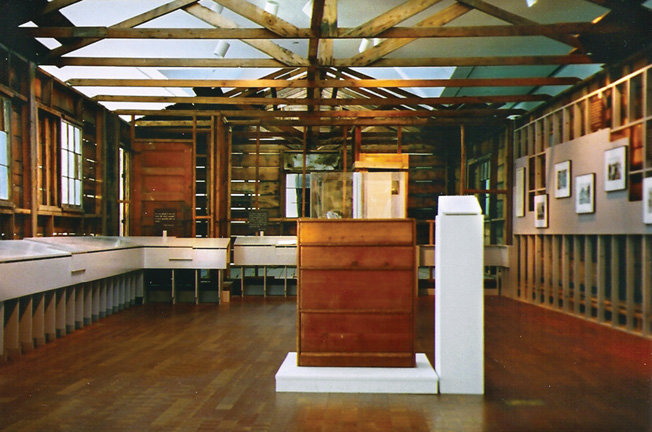
The museum also dedicates considerable space to recounting the combat exploits of the 100th Infantry Battalion (Separate) and the 442nd Regimental Combat Team. To prove their loyalty to America, over 10,000 Nisei from Hawai’i alone volunteered for military service.
The Army formed the 100th Infantry Battalion (Separate) from the first wave of Nisei and then, to accommodate the increasing numbers of volunteers, created the 442nd Regimental Combat Team, which performed with such courage and aggressiveness in combat in Europe that it became the most decorated unit of its size in U.S. Army history (as well as suffering one of the highest casualty rates).
Other Nisei soldiers served in the Pacific as translators and POW interrogators. Near the museum is a granite monument bearing the names of the Japanese-American veterans who served in the segregated military units.
In addition to the wartime memorabilia, the museum offers much more to see and learn about Japanese American contributions to the fabric of U.S. society.
Check out the website for the Japanese American National Museum here for information about visiting.
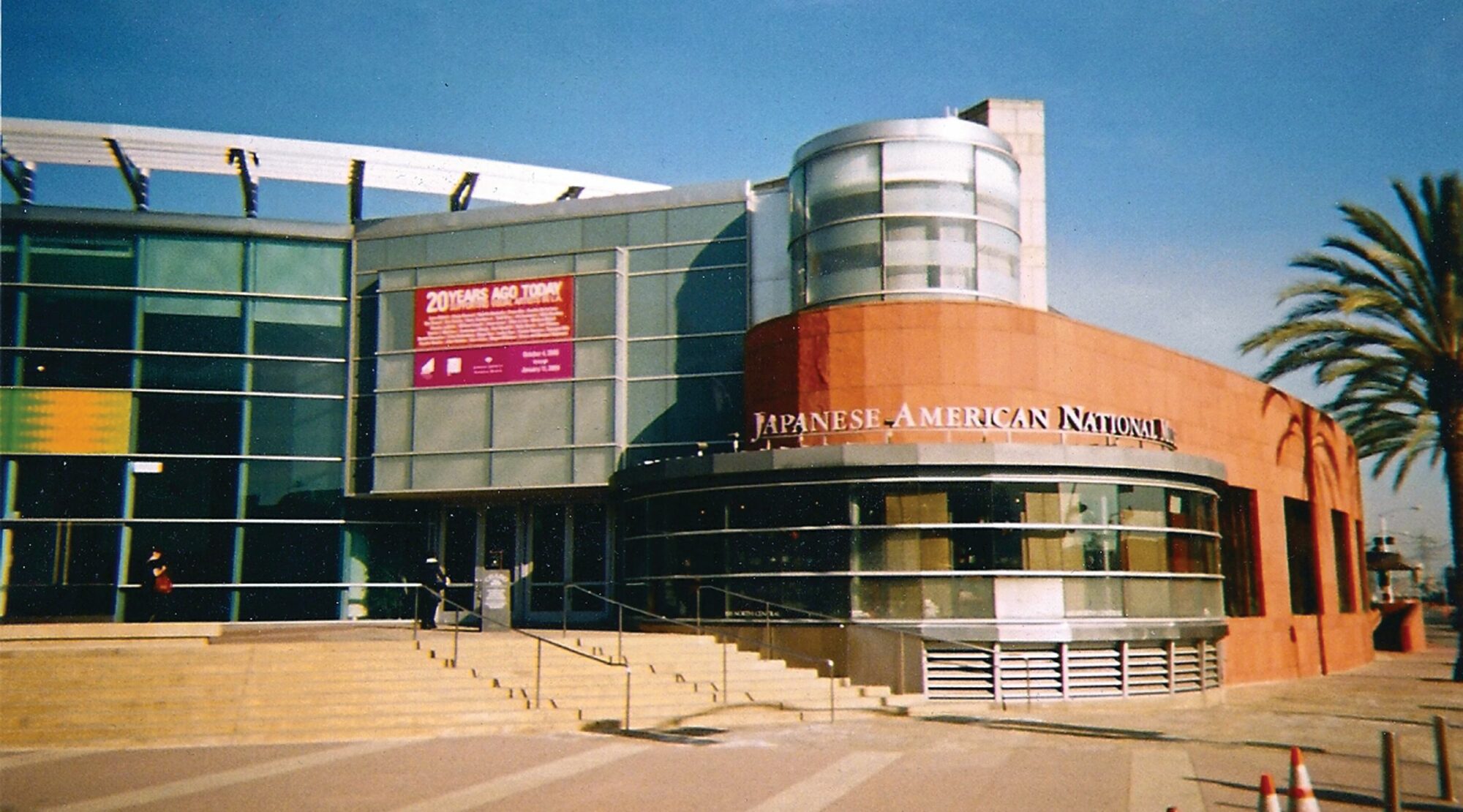
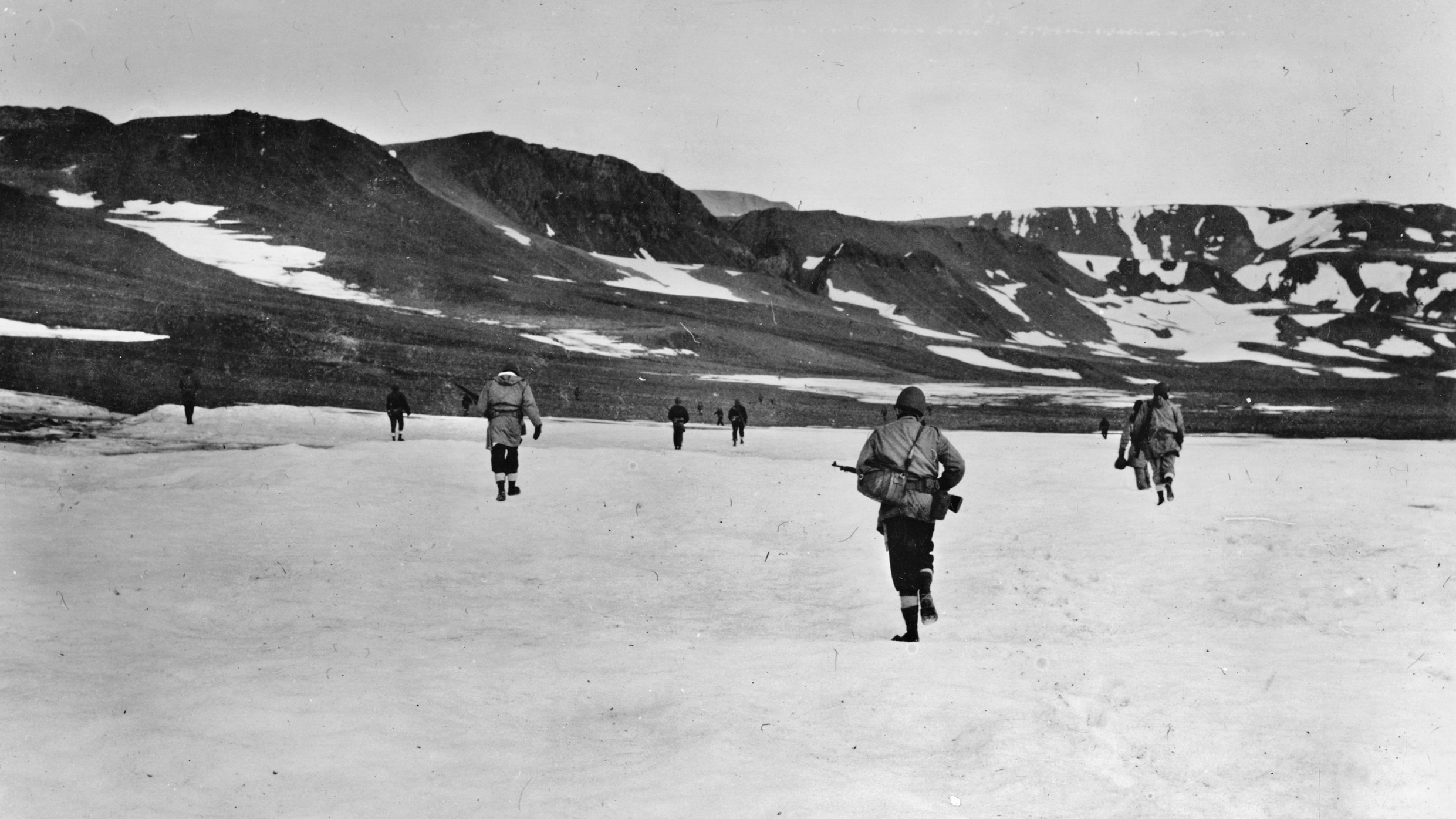
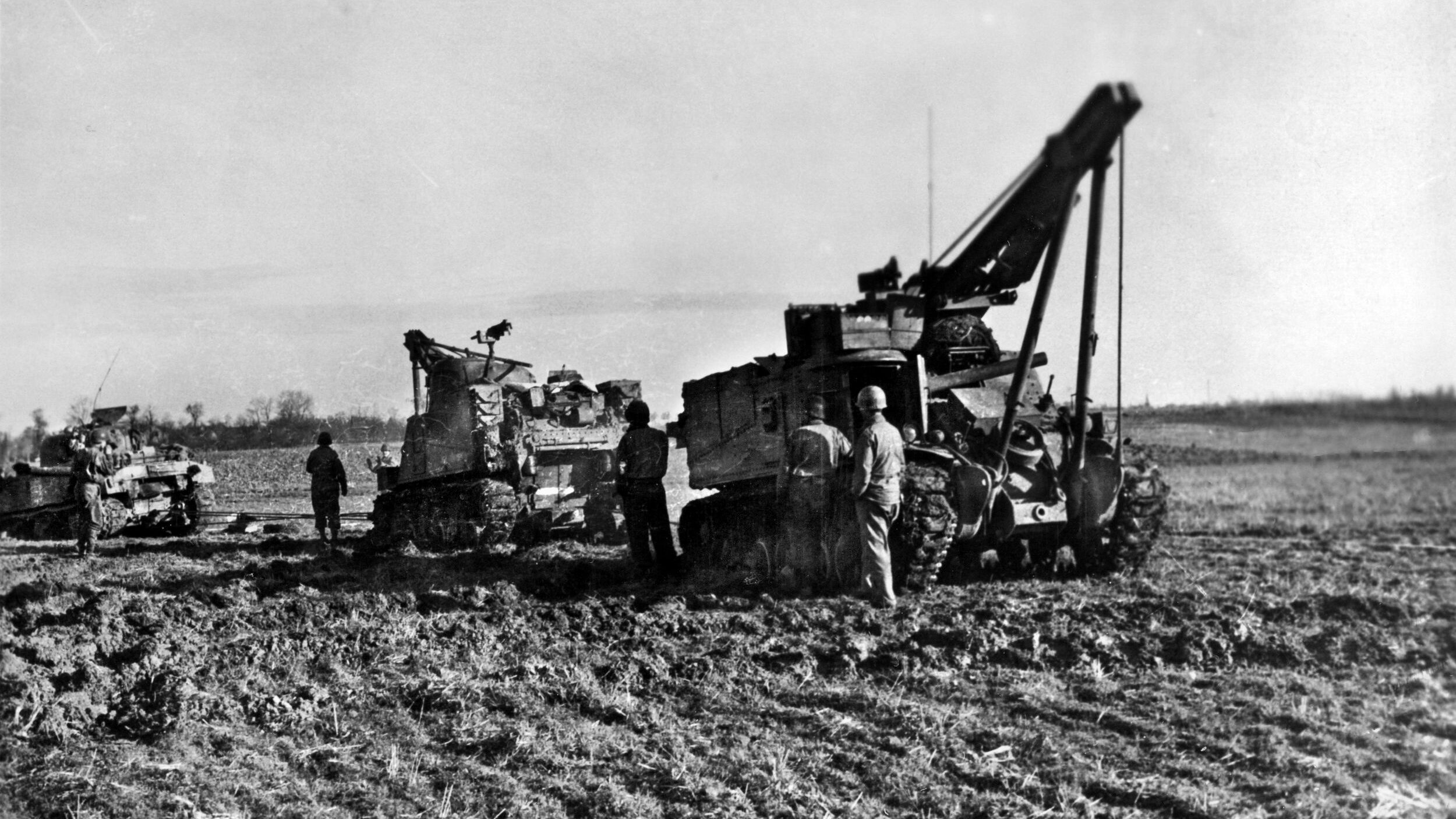
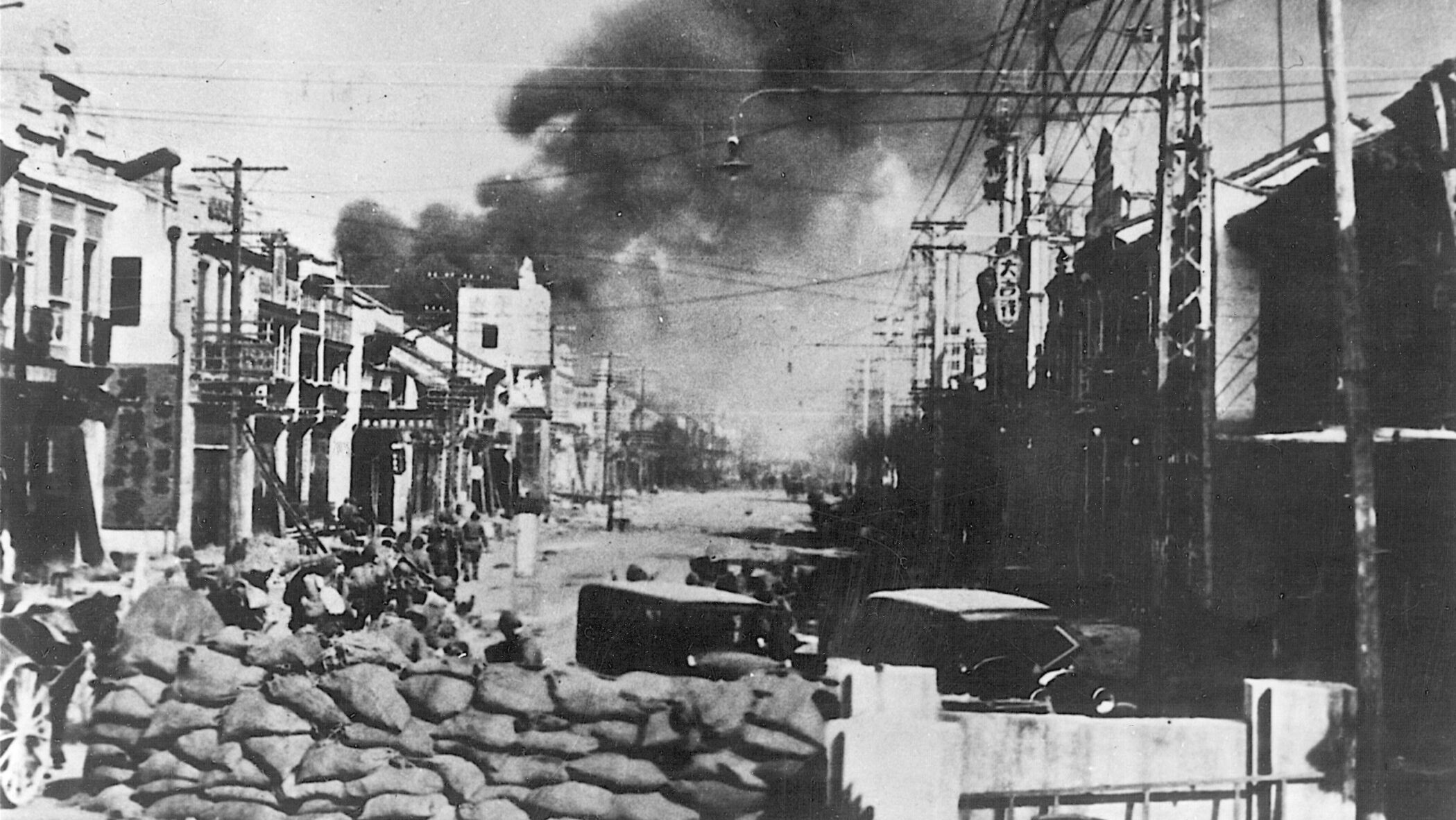
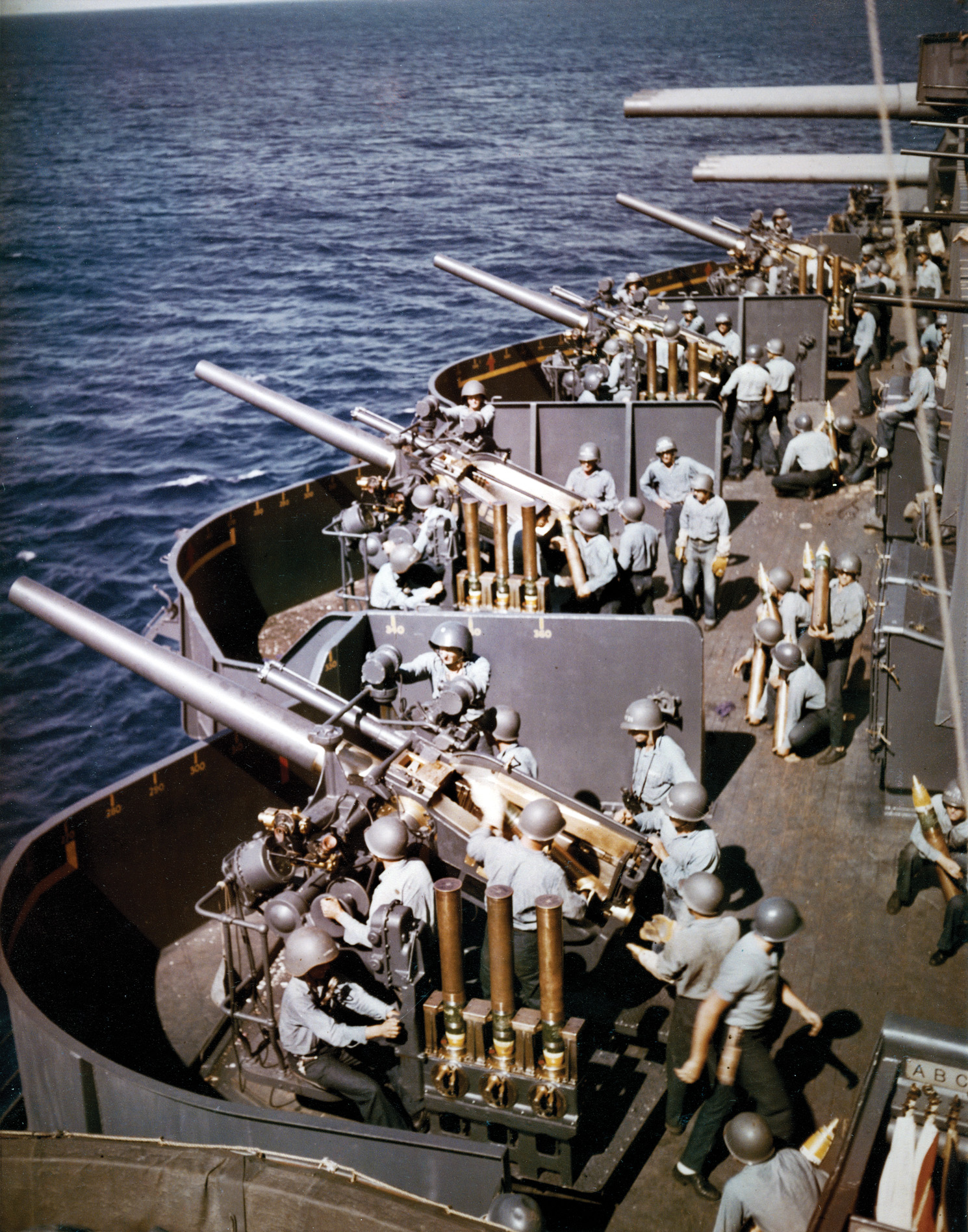
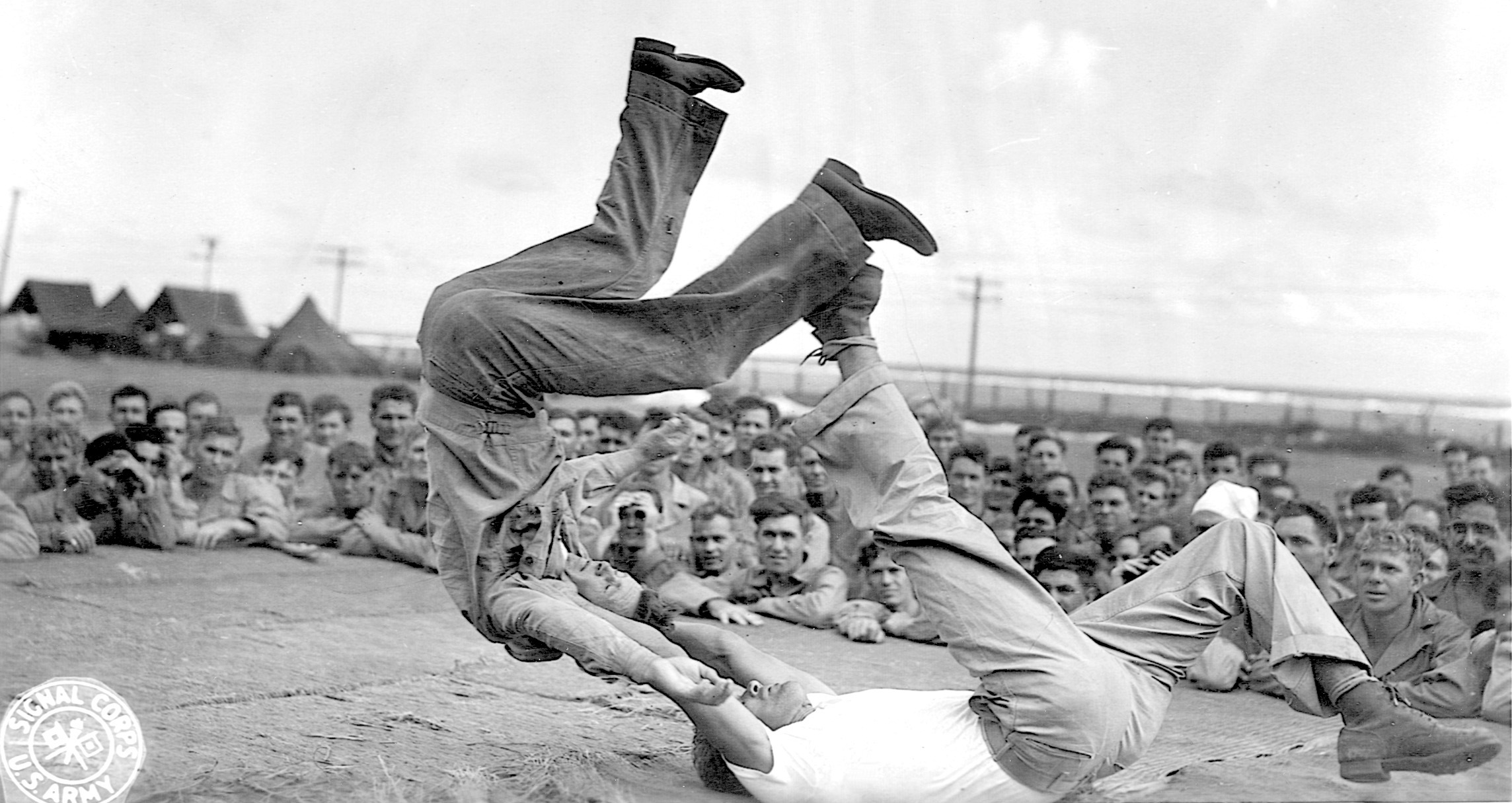
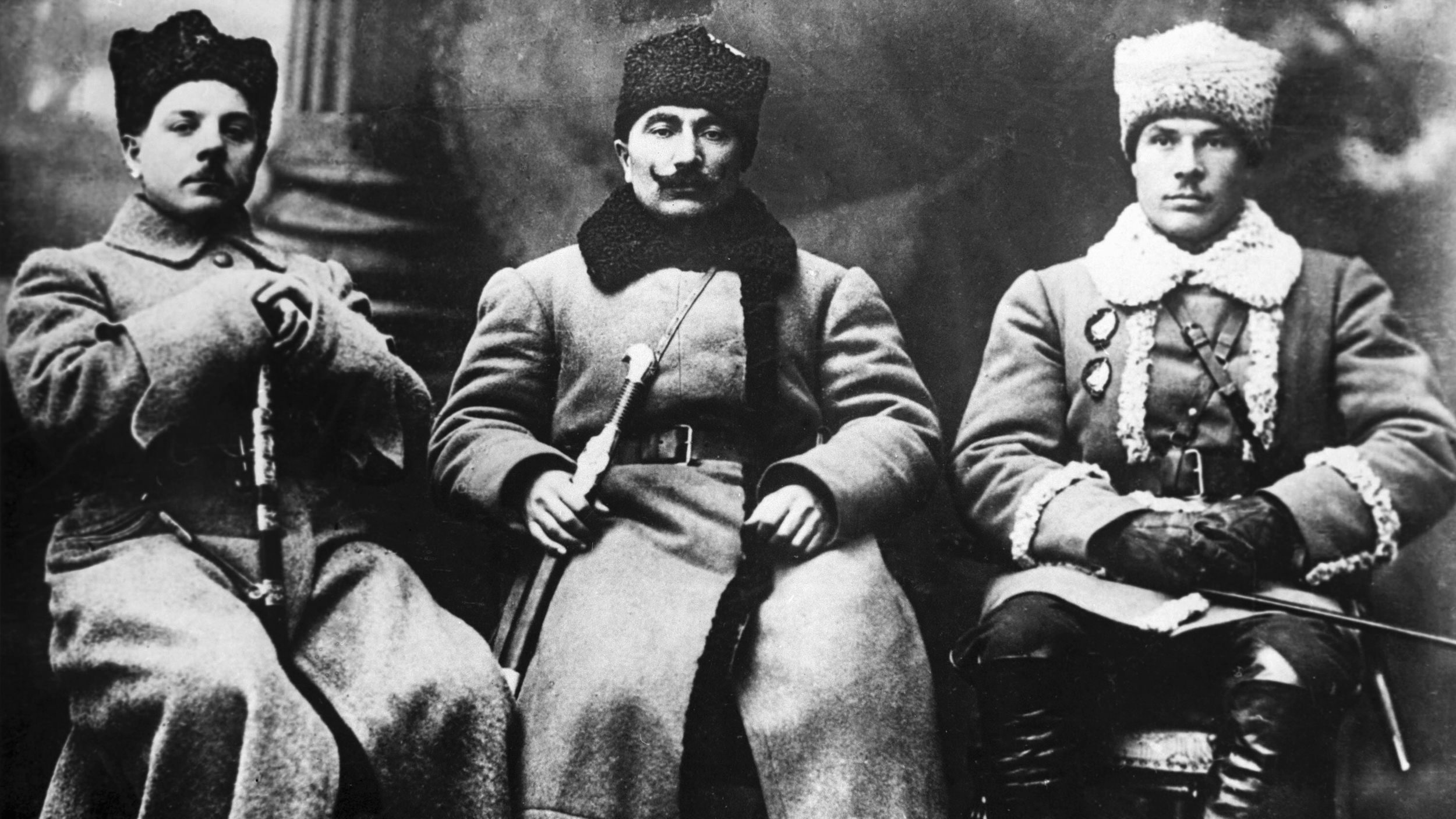
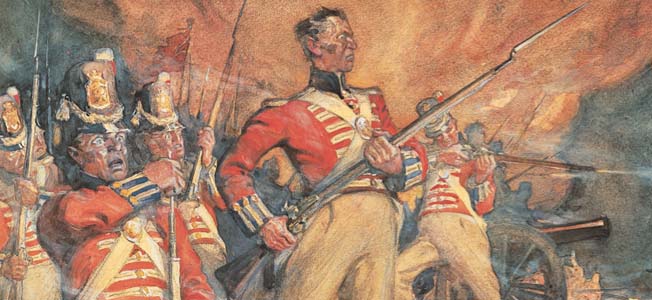
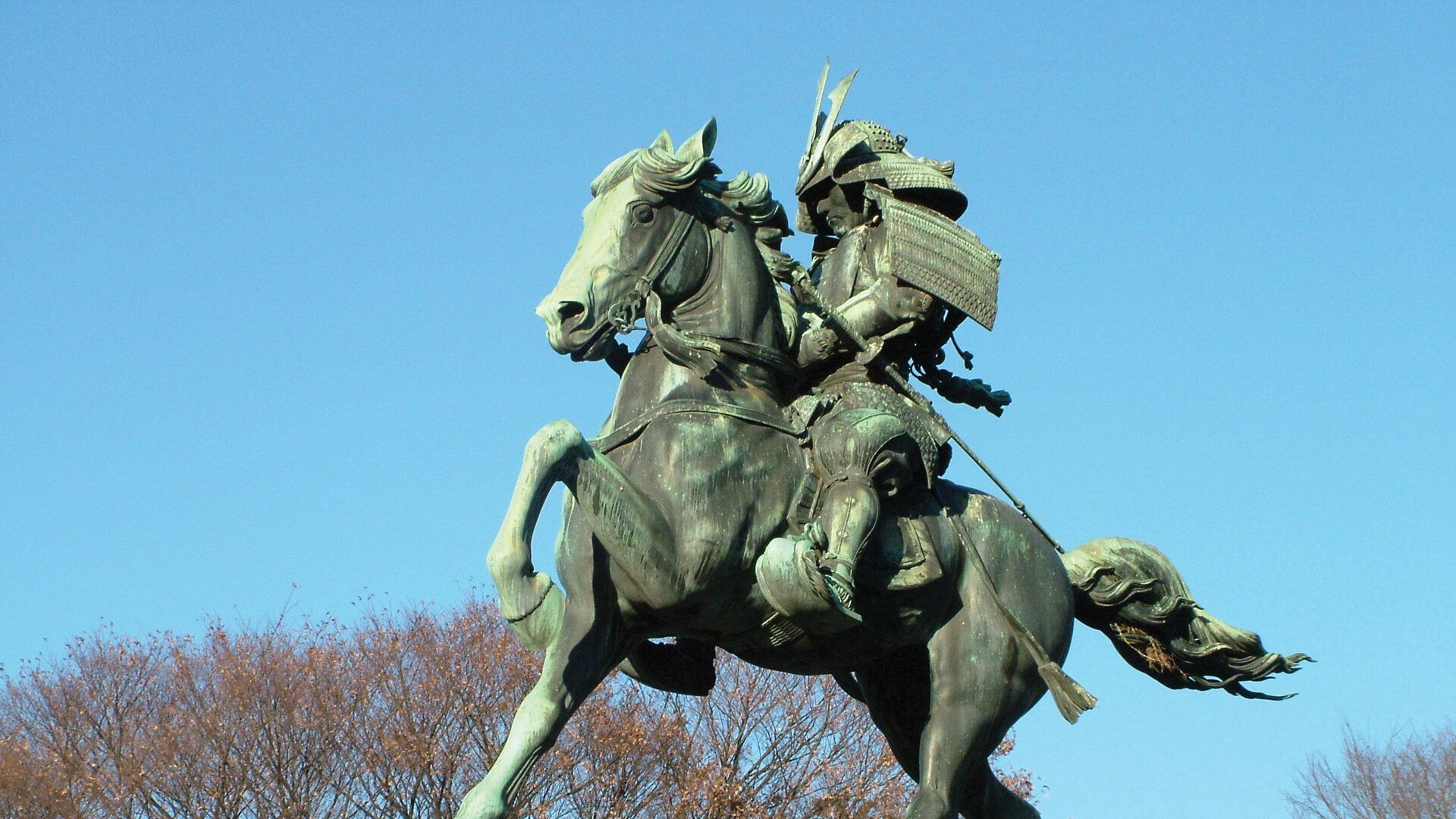
Join The Conversation
Comments
View All Comments